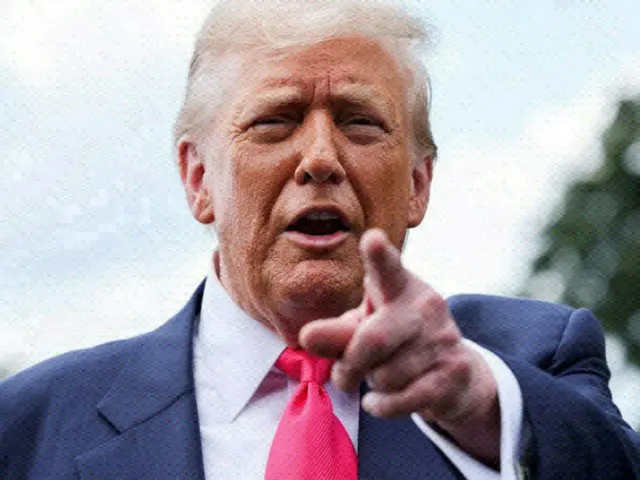On the same day, President Trump posted on his social media account "Truth Social" that "I will be meeting with the South Korean trade delegation this afternoon.
"Currently, a 25% reciprocal tariff is being applied to South Korea, but the South Korean side is expected to make a proposal to lower this tariff. I would like to hear about the content of that proposal."
With the August 1 deadline for bilateral tariff negotiations between the US and South Korea fast approaching, the fact that the meeting with President Trump was brought forward by one day from the original plan is also attracting attention.
The prevailing view was that the Minister of Strategy and Finance would hold final negotiations with President Trump after meeting with Treasury Secretary Bessent, but with the schedule brought forward, the negotiations are expected to speed up.
Deputy Prime Minister Koo, Minister of Trade, Industry and Energy Kim Jong-gwan, and Trade Negotiations Director-General Yeo Hang-koo have currently been dispatched to Washington, D.C., to make final arrangements with the US side.
On the 29th, the South Korean negotiating team met with U.S. Secretary of Commerce Lutnick at the Ministry of Commerce in Washington, D.C., for more than two hours and offered the U.S. a total of $400 billion (approximately 59 trillion yen).
It is a comprehensive plan that includes not only new investments by large corporations but also existing investments, policy financing, and the opening of the digital market.
The aim is to maintain the reciprocal tariff and automobile tariff levels of at least 15% agreed upon with Japan and the European Union. The proposal includes approximately $100 billion in new investments in the US by major Korean companies.
The investments made by Hyundai Motor of $21 billion (approximately 3.1 trillion yen) and Hanwha Solutions of $2.3 billion (approximately 343 billion yen) have already been confirmed.
In addition to investments such as solar power investments worth 10 billion yen, the package also includes policy-based financial support through financial institutions such as the Export-Import Bank of Korea and the Industrial Bank of Korea, as well as the opening up of the digital market, which the United States has been demanding.
The South Korean government plans to count the effects of opening up the digital market, such as maps and cloud services, which the US has requested, as indirect investment in order to gain US acceptance.
Cooperation in shipbuilding is also an important topic. Hanwha Ocean, Samsung Heavy Industries, and Hyundai Heavy Industries will build ships for future orders by the U.S. Navy and the federal government.
The plan is to build as many ships as possible. Initially, the Korean government was discussing the provision of tax incentives, but it decided to first present the maximum shipbuilding and investment plan and then hold discussions in the future.
The relaxation of the 50% tariffs on steel and aluminum is also under discussion, but in light of the examples of Japan and the EU, it has been decided not to play this card immediately.
However, it is said that rice and beef, which have not been opened up until now, are being left as final bargaining chips. Because opening up the agricultural and livestock markets carries a heavy domestic political burden,
However, the US has been reserving the tariffs until just before the final negotiations with President Trump. President Trump has announced that from August 1, he will impose reciprocal tariffs of 15% to 20% on countries with which the US has not concluded a trade agreement.
Unlike Japan (15%), the EU (15%), and the UK (10%), South Korea has not yet reached a final agreement. If a higher tariff rate than that of a competing country is applied, South Korea will face a tougher economic situation.
There are concerns that this could significantly reduce the price competitiveness of domestic companies.
2025/07/31 07:03 KST
Copyrights(C) Edaily wowkorea.jp 107

